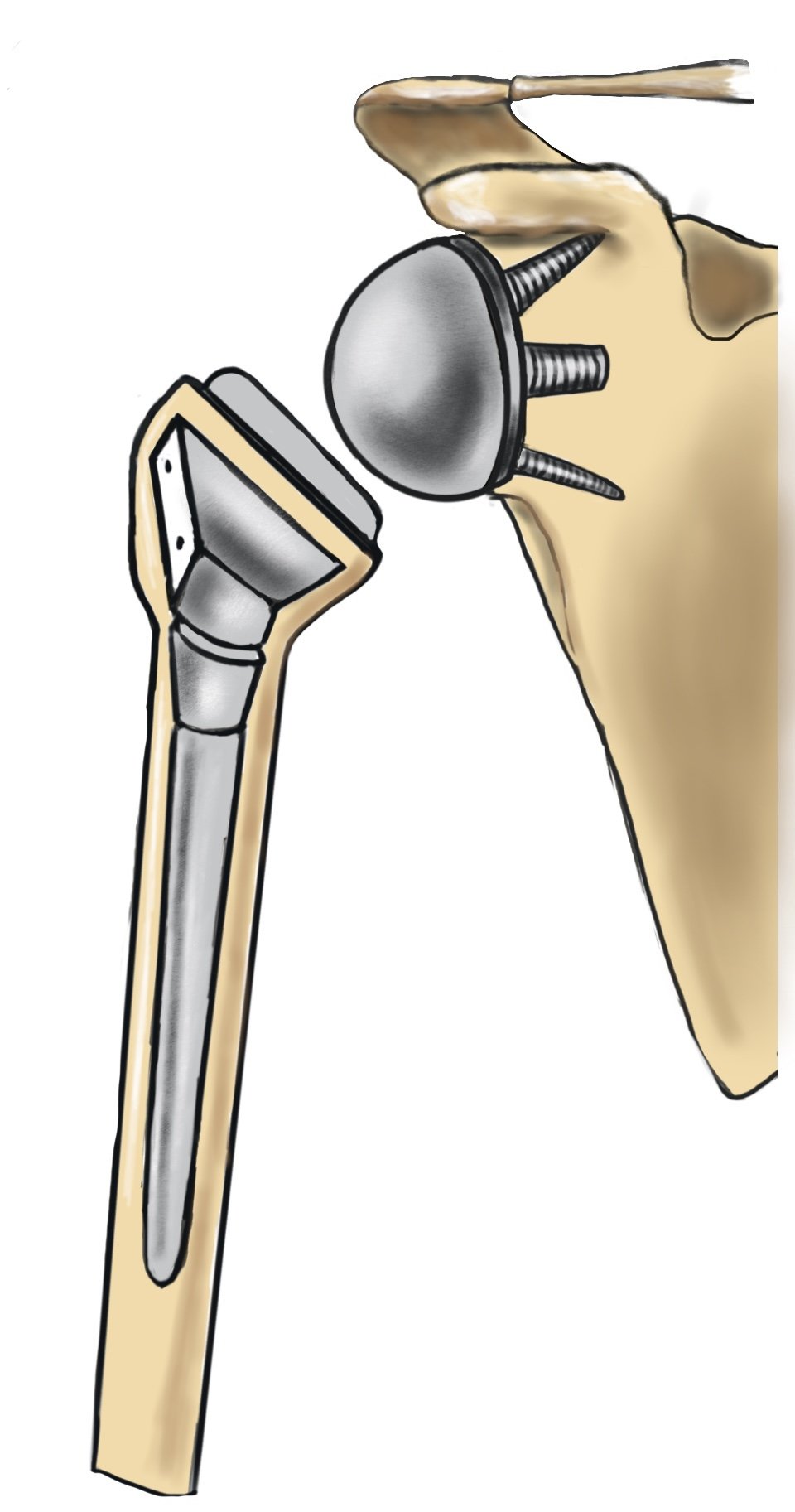Making Waves: Preventing and Treating Swimming Shoulder Injuries
Swimming is a great full-body workout that's easy on the joints and excellent for cardiovascular health. However, the repetitive overhead motion of swimming strokes can put swimmers at risk for shoulder injuries. At Sarrica PT, we frequently see and treat various shoulder issues in swimmers. Understanding the common injuries and how to prevent them is crucial for maintaining a healthy, pain-free swimming routine.
Common Swimming Shoulder Injuries
Swimmer's Shoulder (Impingement Syndrome)
Swimmer's shoulder, or impingement syndrome, occurs when the tendons of the rotator cuff muscles become irritated and inflamed as they pass through the shoulder joint. This is often due to the repetitive overhead movements required in swimming.
Rotator Cuff Tendinitis
The rotator cuff consists of four muscles that stabilize the shoulder joint. Overuse can lead to inflammation and microtears in these tendons, causing pain and weakness.
Shoulder Bursitis
The bursa is a small sac of fluid that cushions the shoulder joint. Repetitive motion can lead to inflammation of the bursa, known as bursitis, resulting in pain and swelling.
Labral Tears
The labrum is a ring of cartilage that surrounds the shoulder socket and provides stability. Repeated stress and trauma from swimming can cause tears in the labrum, leading to pain and instability.
Prevention Strategies
Preventing shoulder injuries is key to enjoying a long, healthy swimming career. Here are some tips to keep your shoulders in top shape:
Warm Up Properly
Always start your swim with a thorough warm-up. Gentle stretching and dynamic movements that mimic swimming strokes can help prepare your muscles and joints for the workout.
Strengthen Your Rotator Cuff
Incorporate exercises that target the rotator cuff muscles into your training routine. Strengthening these muscles can improve shoulder stability and reduce the risk of injury.
Focus on Technique
Proper swimming technique is crucial. Work with a coach to ensure your form is correct, particularly your hand entry and pull-through phases of each stroke. This reduces unnecessary strain on your shoulders.
Gradual Progression
Avoid sudden increases in training intensity or duration. Gradually increase your workout load to give your muscles and joints time to adapt.
Rest and Recovery
Listen to your body. Incorporate rest days into your training schedule and don't push through pain. Adequate rest and recovery are essential for injury prevention.
Treatment Options
If you do experience shoulder pain, it's important to address it promptly. Here are some common treatment options:
A physical therapist can develop a personalized rehabilitation program to strengthen your shoulder muscles, improve flexibility, and correct any biomechanical issues.
Ice and Anti-Inflammatories
Applying ice to the affected area and taking anti-inflammatory medications can help reduce pain and swelling.
Manual Therapy
Techniques such as massage, joint mobilizations, and dry needling performed by a physical therapist can help alleviate pain and improve shoulder function.
Swimming shoulder injuries are common but preventable with the right approach. By focusing on proper technique, strengthening exercises, and listening to your body, you can enjoy the benefits of swimming while minimizing the risk of injury. If you do experience shoulder pain, seek professional help early to ensure a quick and effective recovery.
At Sarrica Physical Therapy and Wellness in NYC and Brooklyn, we're here to help you stay in the water and perform at your best. Whether you're dealing with an injury or looking to prevent one, our team of experts can provide the guidance and support you need. Don't hesitate to reach out to us for personalized care and advice. Give us a call at 347-560-6920 or contact us here for an appointment.









